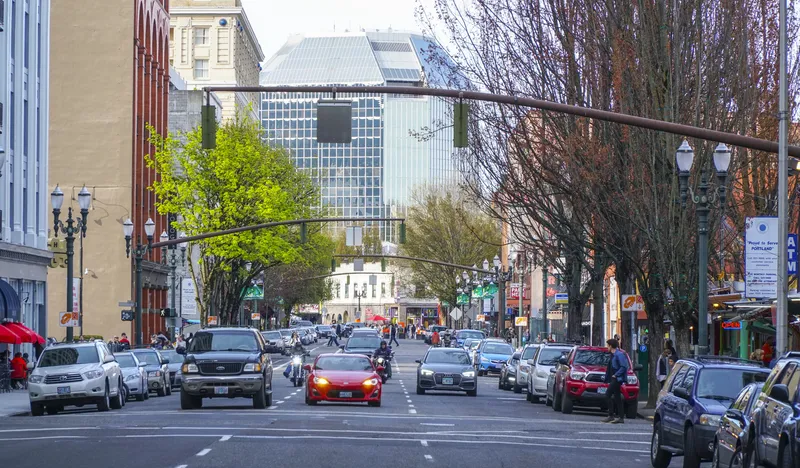Parsons Brinckerhoff is to carry out conceptual design and related environmental services for the I-278/route 1 and 9 interchange ramps in Union County, New Jersey, USA.
The project involves traffic studies, travel forecasting and modelling, concept development, environmental investigations and extensive stakeholder and public coordination, with the aim of preparing an environmental assessment to be approved by the Federal Highway Administration (FHWA) in order to move forward to the preliminary and fina
January 30, 2014
Read time: 2 mins
The project involves traffic studies, travel forecasting and modelling, concept development, environmental investigations and extensive stakeholder and public coordination, with the aim of preparing an environmental assessment to be approved by the
The project is being undertaken by the Port Authority of New York & New Jersey in cooperation with the
The proposal would add two ramps to the existing interchange of I-278 at US route 1 and 9 and would potentially require a new bridge to be constructed over US route 1 and 9 and, with changes in traffic patterns, it is anticipated that some additional roadway improvements would be required along the US Route 1 and 9 corridor and the improved interchange with I-278.










